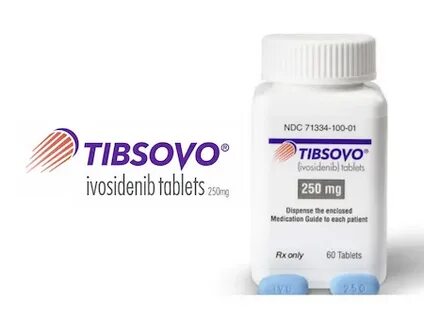The fight against Anti- Cancer has advanced significantly over the years, with groundbreaking therapies redefining how the disease is treated. In 2025, the pharmaceutical landscape is brimming with innovative drugs offering new hope for patients. Here’s a look at the top 10 anti-cancer drugs leading the charge this year.
1. Keytruda (Pembrolizumab)
Mechanism: PD-1 Inhibitor
Keytruda continues to dominate the oncology space as a leading immunotherapy drug. By blocking the PD-1 protein, it empowers the immune system to attack cancer cells more effectively. It is approved for a wide range of cancers, including melanoma, non-small cell lung cancer (NSCLC), and head and neck cancers.
2. Opdivo (Nivolumab)
Mechanism: PD-1 Inhibitor
Opdivo, another powerful immunotherapy, remains a key player in cancer treatment. It is widely used to treat advanced melanoma, renal cell carcinoma, and NSCLC. Its versatility and effectiveness make it a staple in combination therapies.

3. Imdelltra (Tarlatamab)
Mechanism: Bispecific T-Cell Engager
Imdelltra is a cutting-edge drug targeting DLL3, a protein expressed in certain cancers like small cell lung cancer (SCLC). By engaging T-cells to attack cancer cells, it offers a novel approach to treating this aggressive form of cancer.
4. Jemperli (Dostarlimab)
Mechanism: PD-1 Inhibitor
Jemperli has shown promising results in treating advanced ovarian cancer when combined with other therapies like Zejula (Niraparib). It is also being explored for its potential in other cancer types, making it a rising star in immunotherapy.
5. Zejula (Niraparib)
Mechanism: PARP Inhibitor
As a maintenance therapy for ovarian cancer, Zejula prevents cancer cells from repairing themselves, making it harder for tumors to grow and spread. Its effectiveness in extending progression-free survival has cemented its role in cancer care.
6. Tibsovo (Ivosidenib)
Mechanism: IDH1 Inhibitor
Tibsovo targets IDH1 mutations commonly found in acute myeloid leukemia (AML). Recent studies have highlighted its effectiveness in combination therapies, showing improved survival rates for patients with blood cancers.

7. Venclexta (Venetoclax)
Mechanism: BCL-2 Inhibitor
Venclexta has become a cornerstone in the treatment of blood cancers, including chronic lymphocytic leukemia (CLL) and AML. By inhibiting BCL-2, a protein that helps cancer cells survive, it induces cancer cell death effectively.
8. Jaypirca (Pirtobrutinib)
Mechanism: BTK Inhibitor
This innovative drug is used to treat CLL and other B-cell malignancies. Its ability to overcome resistance to previous BTK inhibitors has made it a vital addition to the arsenal against blood cancers.
9. Repotrectinib
Mechanism: Targeted Therapy
Repotrectinib is designed for cancers with specific genetic alterations, such as NTRK fusions or ROS1 mutations. Its targeted approach makes it effective across a range of cancers, regardless of their location in the body.
10. Aucatzyl
Mechanism: CAR-T Cell Therapy
Aucatzyl represents the next generation of CAR-T cell therapies, offering more precise and less toxic treatments for blood cancers like acute lymphoblastic leukemia (ALL). It is part of the growing trend toward personalized cancer treatment.

The Future of Cancer Treatment
The advancements in anti-cancer drugs reflect a shift towards personalized and targeted therapies. From immunotherapy to CAR-T cell treatments, these drugs are improving survival rates and quality of life for cancer patients worldwide.
Key Trends in 2025:
- Precision Medicine: Drugs tailored to genetic mutations in tumors.
- Combination Therapies: Using multiple drugs for enhanced efficacy.
- Minimized Side Effects: Innovations reducing toxicity and improving patient outcomes.
With these groundbreaking treatments driving the charge, the eventual fate of oncology is more brilliant than at any other time. If you or a loved one is navigating a cancer diagnosis, consult with healthcare professionals to explore these options.







Write a comment
Your email address will not be published. All fields are required